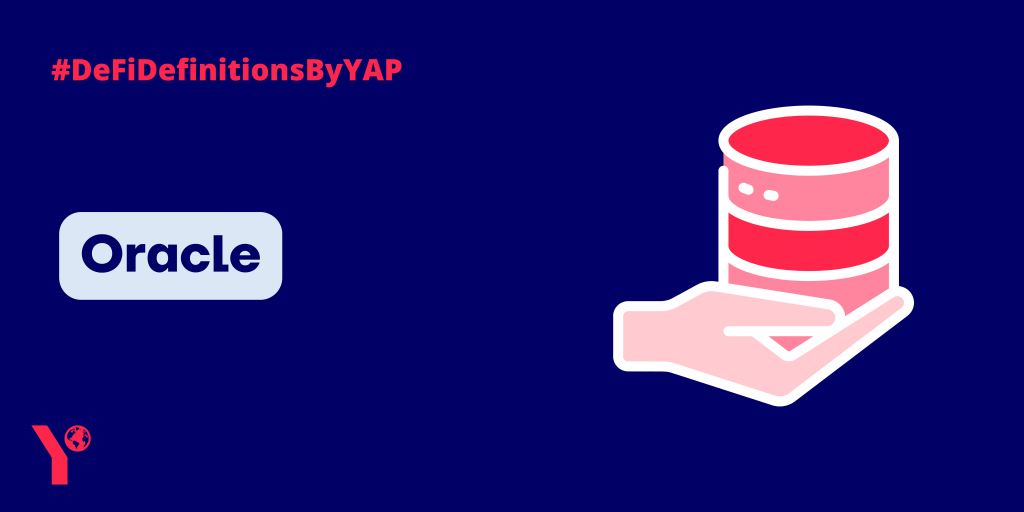Oracles provide blockchains with off-chain data and information from decentralised sources. Before we dive into oracles, it’s important to understand the limitations of blockchains. As public ledgers, blockchains are good at knowing what happens ON the blockchain, for example, if X has received a transaction from Y. However, blockchains are not good at knowing what happens OFF the blockchain, for example, who are in the World Cup Finals. This is where oracles come in.
Oracles are what bridge blockchains with the real world. They are third parties that provide smart contracts with the off-chain data they need to execute their predetermined conditions. Oracles have many use cases but what is perhaps the most interesting is in insurance. For example, we could programme into a smart contract that if someone is involved in a collision that isn’t their fault, they will immediately receive a payout. However, a blockchain couldn’t possibly know that the collision took place on its own, it needs an oracle to feed it this information. Other use cases of oracles include stock pricing and even disproving fake news.
The largest oracle is Chainlink but others exist such as UMA’s Optimistic Oracle (former client). Oracles operate slightly differently, but they rely on decentralised sources to avoid the issues with reliability that can arise from relying on one centralised source.
